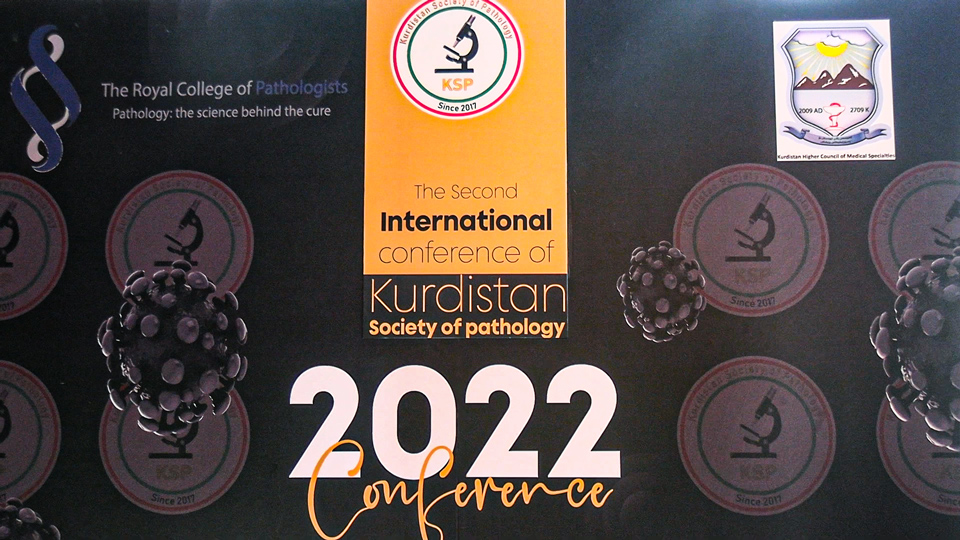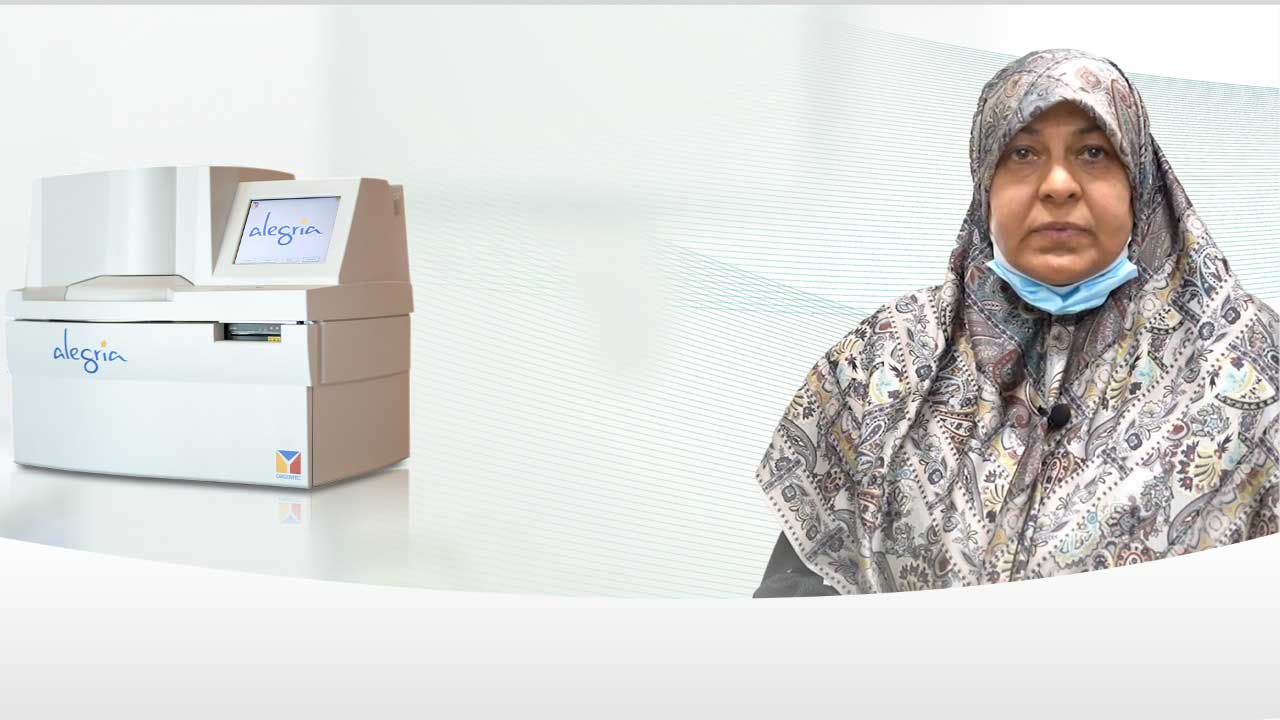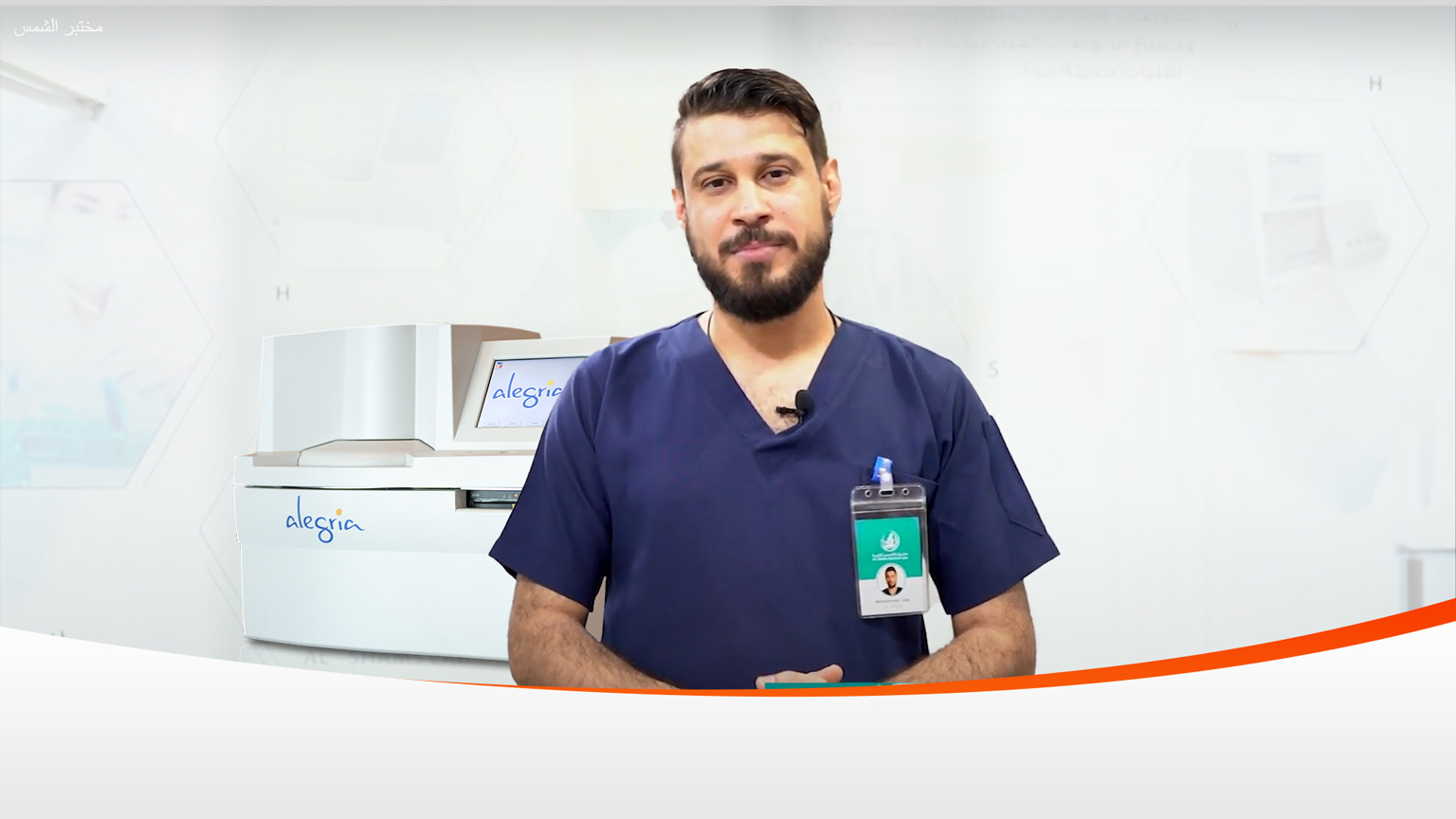The primary goal of tissue fixation is to maintain cells and tissue components in a "life-like state" and to do so in a way that allows for the preparation of thin, colored sections. Of course, during installation and the following steps fundamental changes occur in the composition and appearance of the components of cells and tissues and are far from the ideal "life-like state".
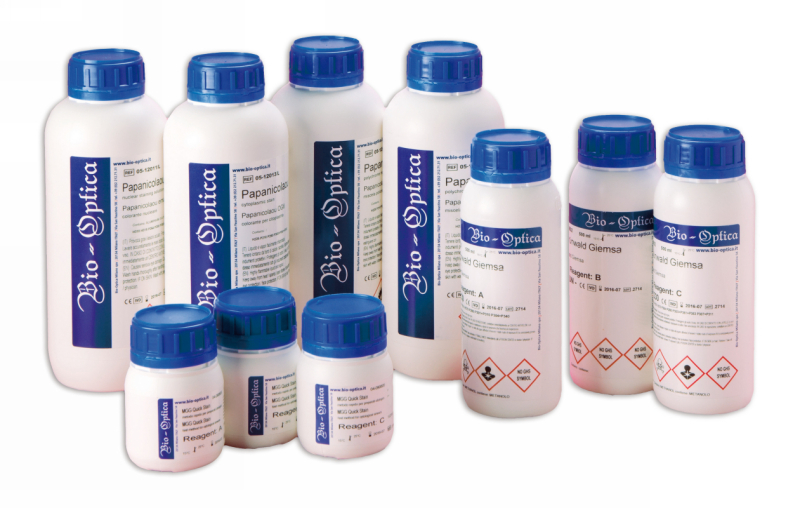
The importance of fixation
We can produce consistent chemical and physical properties in tissue sections that allow observable morphological and chemical patterns and changes and make comparisons. These observations allow you to see an ever-changing "steady" dynamic environment at a given point in time, and may allow you to diagnose pathological tissues.
For practical purposes, fixation aims to prevent or stop degenerative processes that begin once tissues are deprived of their blood supply. Autolysis, which results in tissue digestion by intracellular enzymes released when organelle membranes are ruptured, and bacterial decomposition or putrefaction caused by microorganisms that may already be present in the sample, are processes that must be prevented. Loss and diffusion of soluble substances should be avoided as far as possible by precipitation or coagulation of these components or by binding them to other insoluble structural components. Tissue must be largely protected from the harmful effects of tissue processing including hot wax infiltration, but more importantly, tissue must retain reactivity with stains and other reagents including antibodies and DNA probes.
It is important to realize that the fixative will initially produce a number of changes to tissues in a typically aqueous environment. This will include shrinkage, swelling, and hardening of the various components. Despite these initial effects, the tissue will undergo further changes during processing when it is placed in a non-aqueous environment. For example, fixation in 10% buffered formalin initially causes slight swelling in tissue samples. During processing but the sample may shrink by 20% - 30% of its volume. The specific fixative used will also affect the degree of staining of individual elements with various histological and immunochemical reagents. Thus, the overall effect on tissues must be evaluated
Types of fixation
Tissue fixation can be achieved by chemical or physical means. Physical methods include heating, micro-waving, and cryopreservation (freeze drying). Thermal fixation is rarely used in tissue samples, as its application is limited to swabs of microorganisms. However, microwave stabilization, which can be considered a form of thermal stabilization, is now widely practiced in routine laboratories.
Usually in the form of freeze drying, has some applications in tissue chemistry but is not usually applied to diagnostic tissue samples.
Chemical fixation is usually achieved by immersing the sample in the fixative (submersible fixation) or, some whole organs such as the lung, by perfusing the vascular system with the fixative. For some specialized textile chemical procedures, stabilizers were occasionally applied in vapor form. For example, paraformaldehyde and osmium tetroxide from the Italian company Bio Optica can be used to repair steam-dried tissues
Stabilizing solutions may contain a single stabilizing agent dissolved in a solvent such as water, alcohol or, more commonly, a buffer solution to stabilize the pH. Some common fixing solutions contain many different fixing agents together, the rationale being that defects in one factor can be compensated for by adding another. For example,acetic acid is present in some formulations to counteract shrinkage caused by other agents such as ethanol

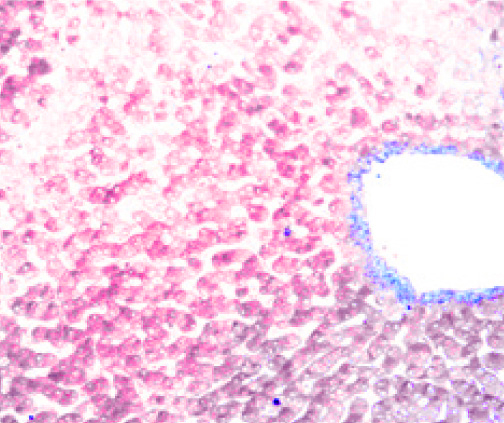
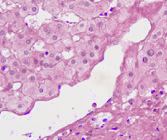
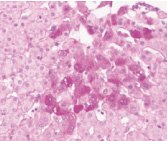
Theoretical basis of fixation
Fixation can be thought of as a "complex series of chemical events". Although we can now identify some of these "events", our understanding of much of what happens during installation is still incomplete. Cells and extracellular components contain peptides, proteins, lipids, phospholipids (membranes), carbohydrates, carbohydrate complexes, various types of RNA, DNA, etc. The way these elements will interact during installation depends on the type of installation, installation agent used, and installation conditions. Some elements of the tissue will react chemically with the fixative, and are fixed by cross-linking and thus preserve, others may not be affected by the fixative but are trapped within a cell or tissue by other fixed elements.
Classification of fixing agents and the mechanisms of fixation
Conventional stabilizing agents are called "coagulant" or "non-coagulant" based on their effect on soluble proteins in solution. Coagulated stabilizers were said to result in a permeable network of protein strands, while non-coagulated stabilizers which are additive in nature, formed extensive cross-links producing a less permeable gel. These terms are still found in recent histological literature but a more systematic approach to classification has recently been taken.
There are two main mechanisms important in the stabilization of proteins and protein complexes: denaturation, addition and cross-formation.
Denaturation: This effect is most commonly caused by drying materials such as alcohol or acetone. These reagents remove and replace free water in cells and tissues and cause a change in the tertiary structure of proteins by destabilizing the hydrophobic bond. The hydrophobic regions, which are frequently found within protein molecules, are released from water repulsion and become free to occupy more space. In hydrophilic regions, protein water molecules are loosely bound by hydrogen bonds, and removal of water destabilizes these bonds. The resulting changes in the composition of protein molecules lead to a change in the solubility of the protein, rendering the water-soluble proteins insoluble, a change that is largely irreversible if the protein is returned to an aqueous environment.
Addition and cross-formation: Non-coagulant stabilizing agents react chemically with proteins and other components of cells and tissues, becoming bound to them by addition and forming intermolecular and intramolecular cross-links. Since these agents are reactive compounds, they bind to a variety of chemical groups in tissues, often affecting the charge at the binding site. This can have an effect on the subsequent staining properties of a particular protein as well as altering its molecular shape and thus its solubility. For example, formaldehyde stained tissue is weak with eosin because formaldehyde reacts intensively with amino groups to form methylene bridges, and thus these groups are no longer available to bind negatively charged dye molecules such as eosin molecules.
It varies greatly to the extent to which the added stabilizers form cross-links. For example, glutaraldehyde is more effective in forming cross-links than formaldehyde. This explains why it effectively preserves the substructure of cells and is the preferred stabilizer for electron microscopy. It also explains why fixed tissues are poorly stained with glutaraldehyde using traditional staining methods. The chemical reactions of tissue stabilization are well understood in the case of some agents such as formaldehyde, but our knowledge of the mechanisms associated with some other agents is incomplete.
Antigen retrieval methods in immunohistochemistry have shown that some fixation reactions are reversible, notably formaldehyde reactions, but there is great variability in the quality of antigen preservation with different agents. Preservation of antigensin has become a very important consideration when selecting a stabilizer.
Tissue fixation is one of the most important parts of the tissue process. The fixative should have the ability to prevent short and long-term destruction of tissue microstructure by inactivating catabolic enzymes and thus autolysis, thus reducing the diffusion of soluble molecules from their original sites.
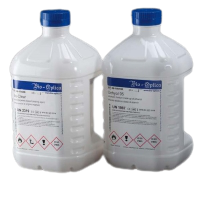
Therefore, at Saaeda Company, we are keen to choose the best types of tissue-fixing materials, especially dealing with solid companies such as the Italian company Bio-Optica, to work together to provide better materials for high quality results.
We are pleased to welcome you to our branches in Iraq in Baghdad - Erbil - Sulaymaniyah.
WHY TO CHOOSE SAAEDA?
Never Compromise on Quality

Saaeda: The region’s most trusted and well-known supplier of healthcare solutions & medical equipment
Training

We are keen to train our employees to be ready to serve our valued customers and We also train our customers on the optimal use of our devices so that they can benefit as much as possible from the products features which will let them develop their healthcare business
Cold-Chain

We take in consideration warehousing & temperature conditions (Cold Chain) when transport our equipment as these items need an extra level of care.
Reliability

Our customers rely on us for accurate results and diagnosis, so we make sure to deliver what achieve the confidence you need.
--- --- --- --- --- --- --- --- --- --- --- --- --- --- --- --- --- ---
WHY TO SUBSCRIBE?

Newest features & updates

Valued content about improving your healthcare business

Get exclusive deals and offers

